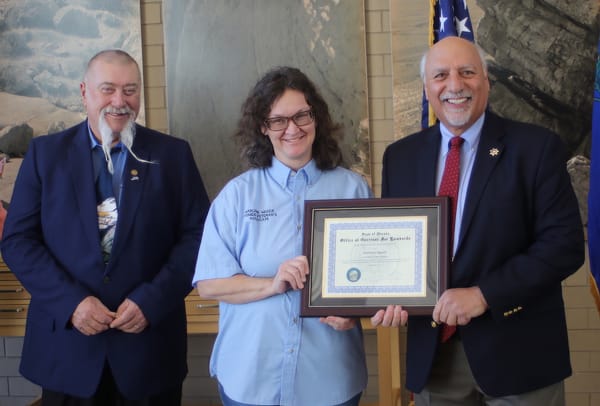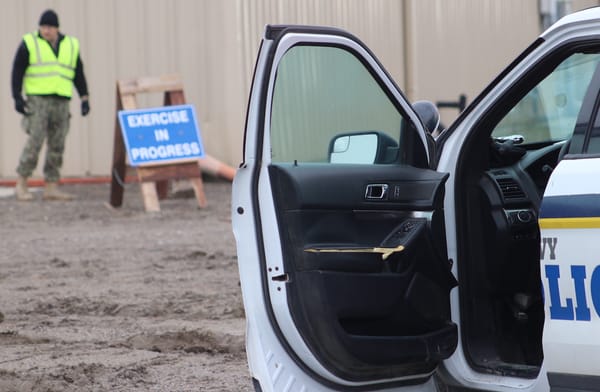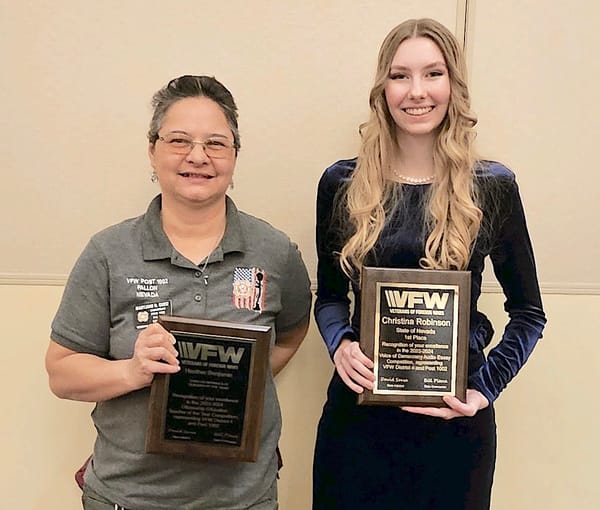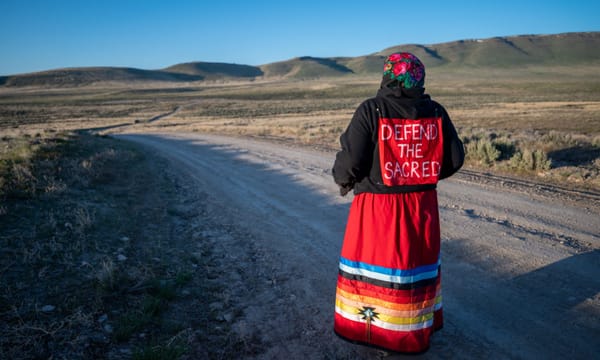Recreating in burn areas more risky, forest officials warn

STATELINE – Outdoor recreation carries its own set of risks, but those risks are worsened when recreating in areas burned by wildfire. Forest Service officials this week are reminding the community of the increased risks of recreating in recent burn areas, especially those burned in the 2021 Caldor Fire near Lake Tahoe.
“Risks to those choosing to recreate in the Caldor Fire burn area will continue to evolve over the next several years,” Daniel Cressy, a USDA Forest Service spokesperson, said. “Always practice responsible recreation and be aware of your surroundings including wind and other weather conditions, which can weaken fire-damaged trees.”
Some of the biggest concerns for people spending time in burn areas are reducing further negative impacts such as erosion and avoiding risks, such as flash flooding or damaged trees.
Officials said staying on designated trails should be a focus, however some trails may have been damaged or signage burned. Being prepared to navigate using a GPS app, map or other device, is recommended.
Staying on trails is also important to limit soil erosion. Areas where plants have been burned are more susceptible to erosion “because without live plant roots to anchor the soil, burned soil can easily be worn away,” officials said.
Other things to watch out for include:
- Flash floods and debris flow. Without live plants to anchor the soil and temper the effects of moisture, erosion and flash flooding are a threat. Intense rainfall in a burn area can quickly create flash flooding and debris flows, which in addition to creating dangerous conditions themselves, also create hidden obstacles and can wash away roads and trails.
- Damaged or dead trees. Fire-weakened trees are at increased risk of falling over or dropping limbs without warning. Caution should be taken at all times, but especially during periods of wind. People should also avoid taking breaks, camping or parking near the base or in the fall zone of dead or otherwise hazardous trees.
- Burned stump holes and root chambers. Forest Service officials said holes created by burned tree stumps may be much larger than they appear and include chambers under the soil where roots and wood used to be but have burned away. Hiking or riding a bike over these areas may cause the ground to collapse, opening a large, deep hole. Recent rains or moist soil may make collapse of these root chambers easier.
Most areas within the Caldor Fire burn area are open. For more information on closures or other safety details from the Eldorado National Forest, visit their website.





